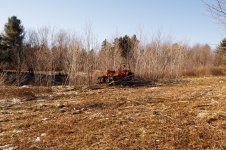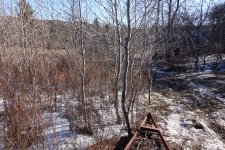moonmark1980
New member
I have a Kubota L4850 which has 42 pto horse and I'm looking for some rotary cutter advise. I've decided a 6' cutter is what I want, but my questing is. Will a Bush Hog BH26 cut bigger brush than a Bush Hog BH16 when your operating with the same pto horse? Will a Land Pride RCR2672 cut more brush than a RCR1872 or a RCF2072 with the same pto horse? I know the larger cutter has more capacity, but does it require the the maximum horse power to have the additional cutting capacity?


